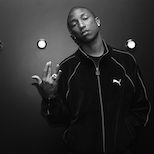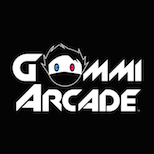Visual Artist Michael Riedel Speaks on “Powerpoint” Art Exhibit
02.26.2013
ART & DESIGN
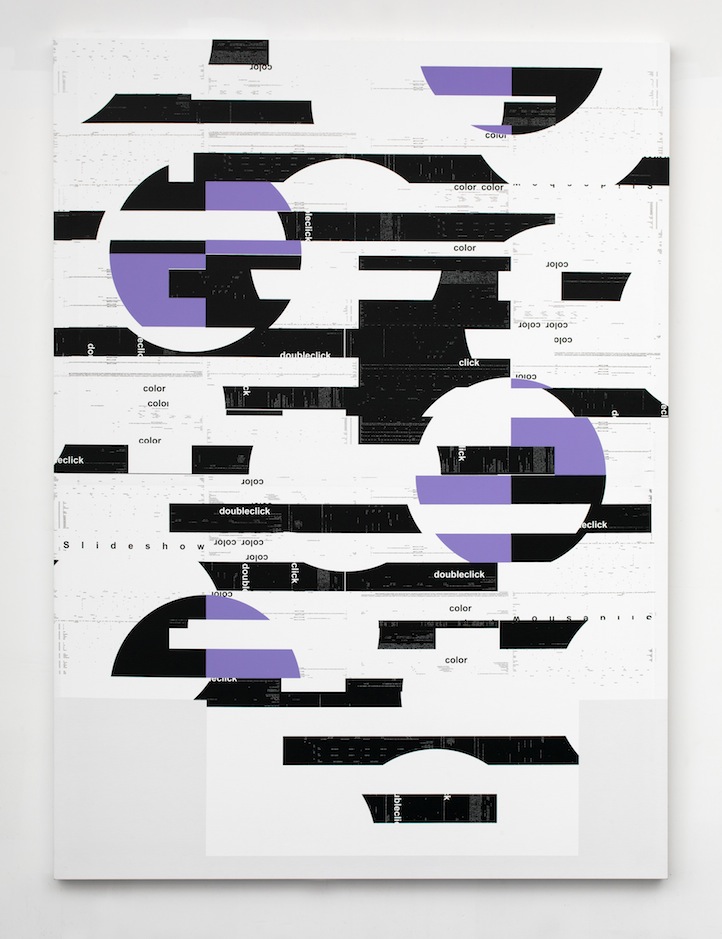
German conceptual artist Michael Riedel’s fourth solo exhibition at David Zwirner mines modern day methods of communication to reflect on the space that exists in the digital divide. Riedel invited the German-Italian electronic duo Woog Riots to interpret the show details (such as the date, time, and location) word-for-word in catchy vocals over a peppy synthesizer and an up tempo backbeat. The song was then sent out in CD format in place of a traditional invitation. This aspect of Riedel’s new show is just the kind of textual communication process that fascinates the German artist, making for a body of work that is both heady humorous.
Riedel has a history of looking at the way his artwork is interpreted in text, using bits of copy extracted from printed articles and advertisements as source material. In a prior exhibition Poster Paintings, he made silk-screened paintings from copy-and-pasted text, which he extracted from websites documenting his work. For his new show, Powerpoint, his paintings investigate the action that takes place within Powerpoint, the software program that he has used to present his artwork in the past.
For Powerpoint, Riedel honed in on a feature of the software program that occurs in the transition of slides between two images. He has created a new series of paintings that capture, in essence, the effect that occurs between clicks. He displays the paintings against wallpapered patterns taken from the Poster Paintings series. Riedel lives and works in Frankfurt, where his work was the subject of a major survey last year at the Schirn Kunsthalle. Life + Times spoke to Riedel about Powerpoint, which runs through Mar. 23 in New York City.
Life+Times: Your work captures the moment of time we’re living in and then you flip it on its head. Where does the thought start for this show?
Michael Riedel: Text is the main material I’m working with. It’s a forum for communication and for information. There’s also a form that’s already repeating and translating real life in general and a translated version of it. So for example, I started making text with recordings and doing transcripts to take a real situation and transform it into a translation. I had materials and text to work with in terms of graphics. If you have to work with text by nature it comes out as graphic. In the beginning I was mainly working with transcriptions, but nowadays there are other forms to create text very quickly – such as copy and paste from website. I’m taking complete websites, the html code, which is a language itself and the recordings of situation.
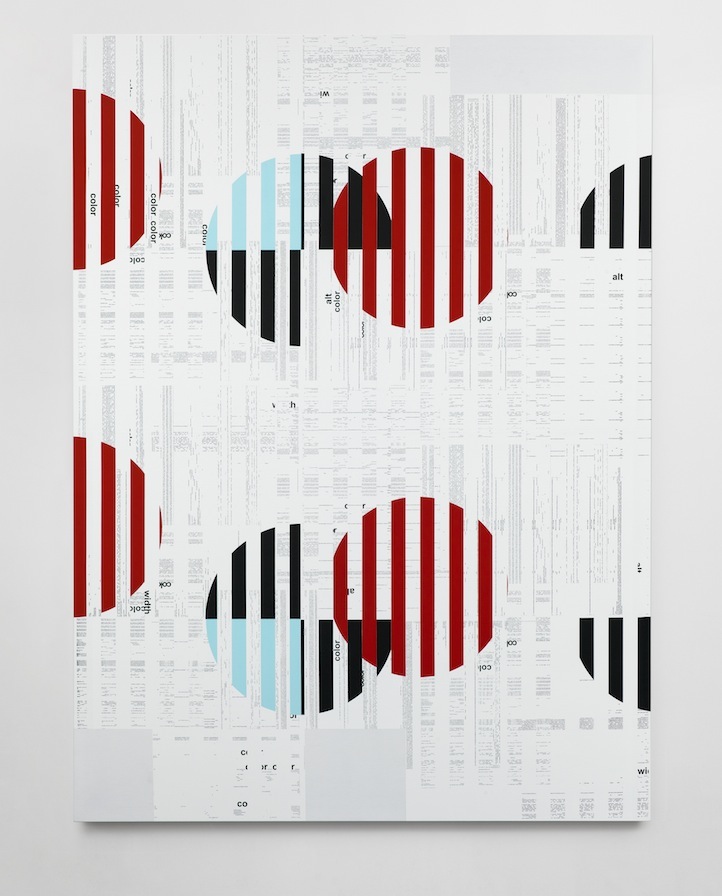
L+T: It’s about messaging and communication, how the eye interprets the messages to the brain. It makes me think of sampling in music.
MR: I wouldn’t call it sampling. Communication, commands, it’s more a system that’s running system, but I’m more the one watching the creation of art, which is creating a system that is working for me.
L+T: You DJ and in the past you hosted art events. Do you see a relationship between the activities you’re involved in and your work?
MR: There were these events when I finished art school. Now there are openings. All these situations interests me, where communication is happening and where no one is responsible for a form that’s coming out of group dynamic. And also with the music, turning text into music, it’s similar to turning text into a painting. It’s not only important to try to understand it, but also to look at it, to hear it.
L+T: Was that the thinking behind the invitation?
MR: The CD for the invitation made sense because of the Powerpoint effects I was using for the paintings. You have these twenty different images of Powerpoint effects, having the CD to turn around into text and to put in a machine and hearing it.
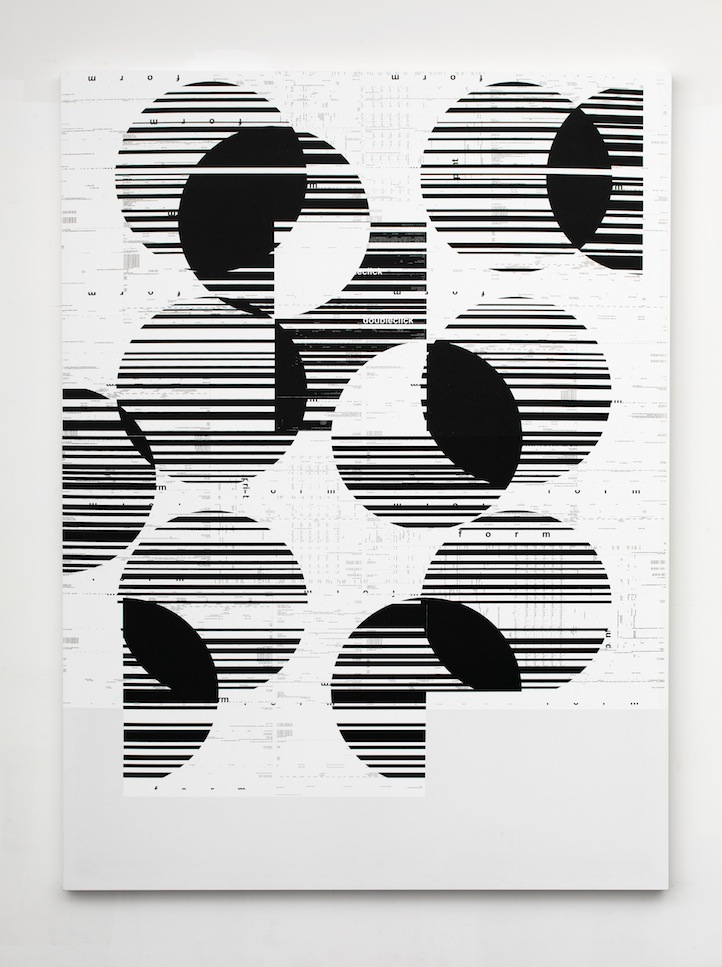
L+T: Is this show a new chapter in your work?
MR: The driving force for me is production and to keep on doing it, but without bringing new forms it would be too boring. I want to get surprised.
L+T: When was the moment of surprise in the Powerpoint painting?
MR: The paintings are mixing together two existing poster paintings from the show two years ago. There are like 40 different transition effects in Powerpoint that I produced. I produced like twenty poster paintings for the last show so there is a big amount of possibilities to rearrange the existing paintings. The surprising moment is me deciding where this deconstruction takes place. It isn’t an advertisement for the program. What I mean is finding the fixed moment which is the transition from one to another, because the transition takes place from two slides in the Powerpoint programs. It’s really bringing the moment of translation.
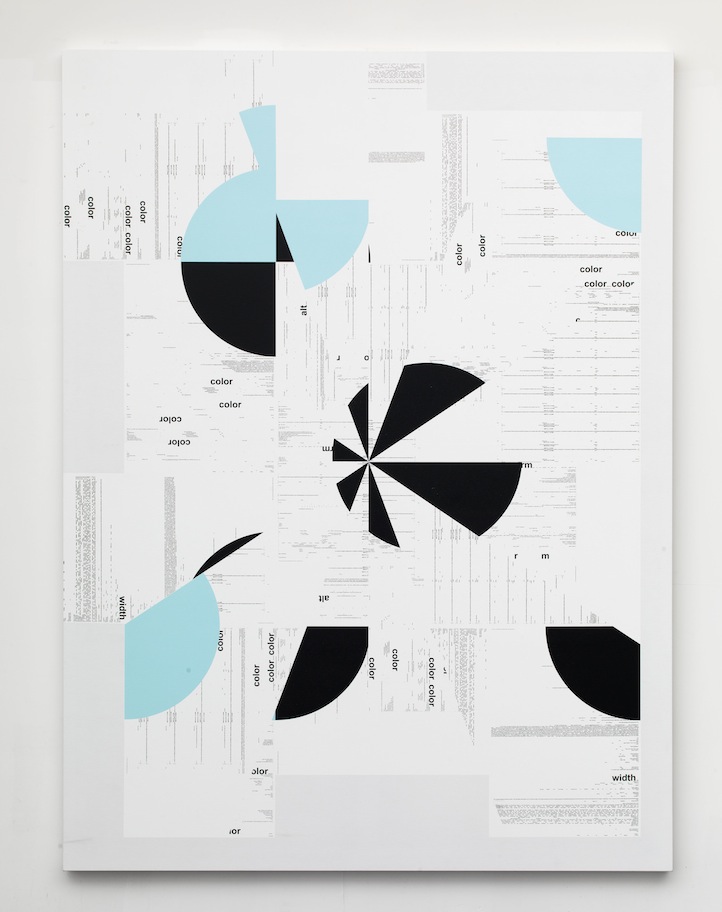
All images are courtesy David Zwirner, New York/London.

